Game Gears, part of the GDEV holding, has leveraged AI technology during the development of Aliens vs Zombies: Invasion. The studio’s CEO and AI evangelist Alexander Vaschenko explained how exactly these tools helped optimize production in his article for Game World Observer.
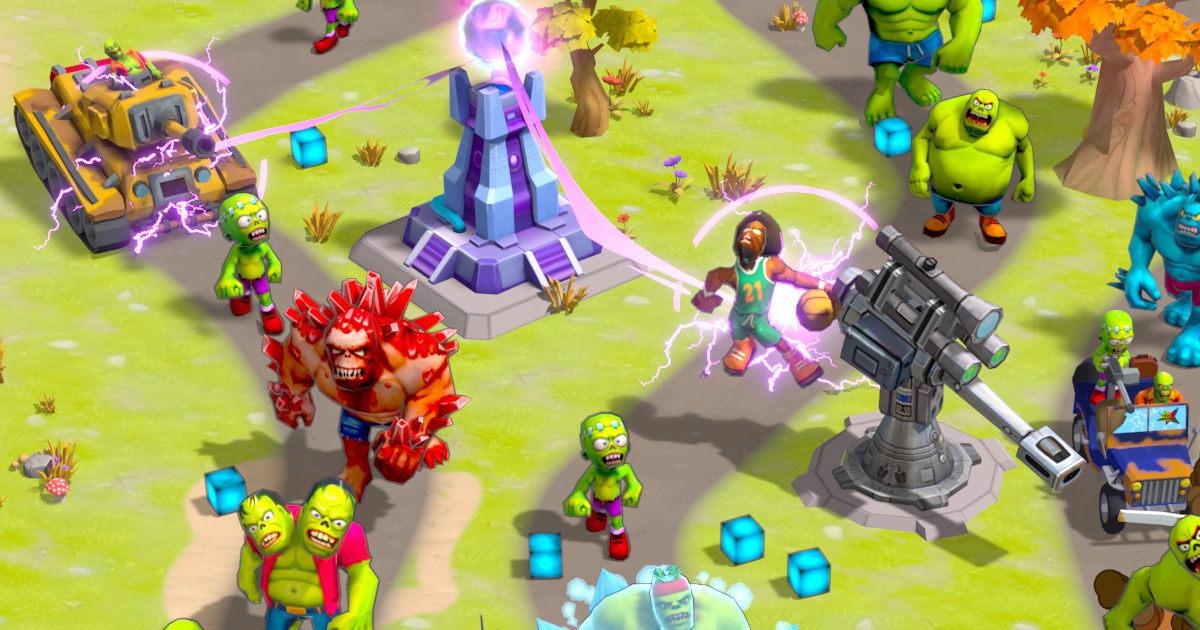
Alexander Vaschenko
Game Gears and Aliens vs Zombies: Invasion
Let me start with a brief introduction to who we are. Game Gears is a subsidiary of GDEV Gaming Holding, where AI technologies have become an integral part of our DNA. We use them to accelerate production, optimize game mechanics, and enhance creativity.
Our first product within this paradigm was the mobile game Aliens vs Zombies: Invasion, a mix of tower defense, action, and strategy genres.
In Aliens vs Zombies: Invasion, the player controls a flying saucer. The objective is to hover over the level, using a beam to collect various items. The more the player collects, the better they can upgrade the saucer. Additionally, they must build turrets to prevent zombies from destroying the base.
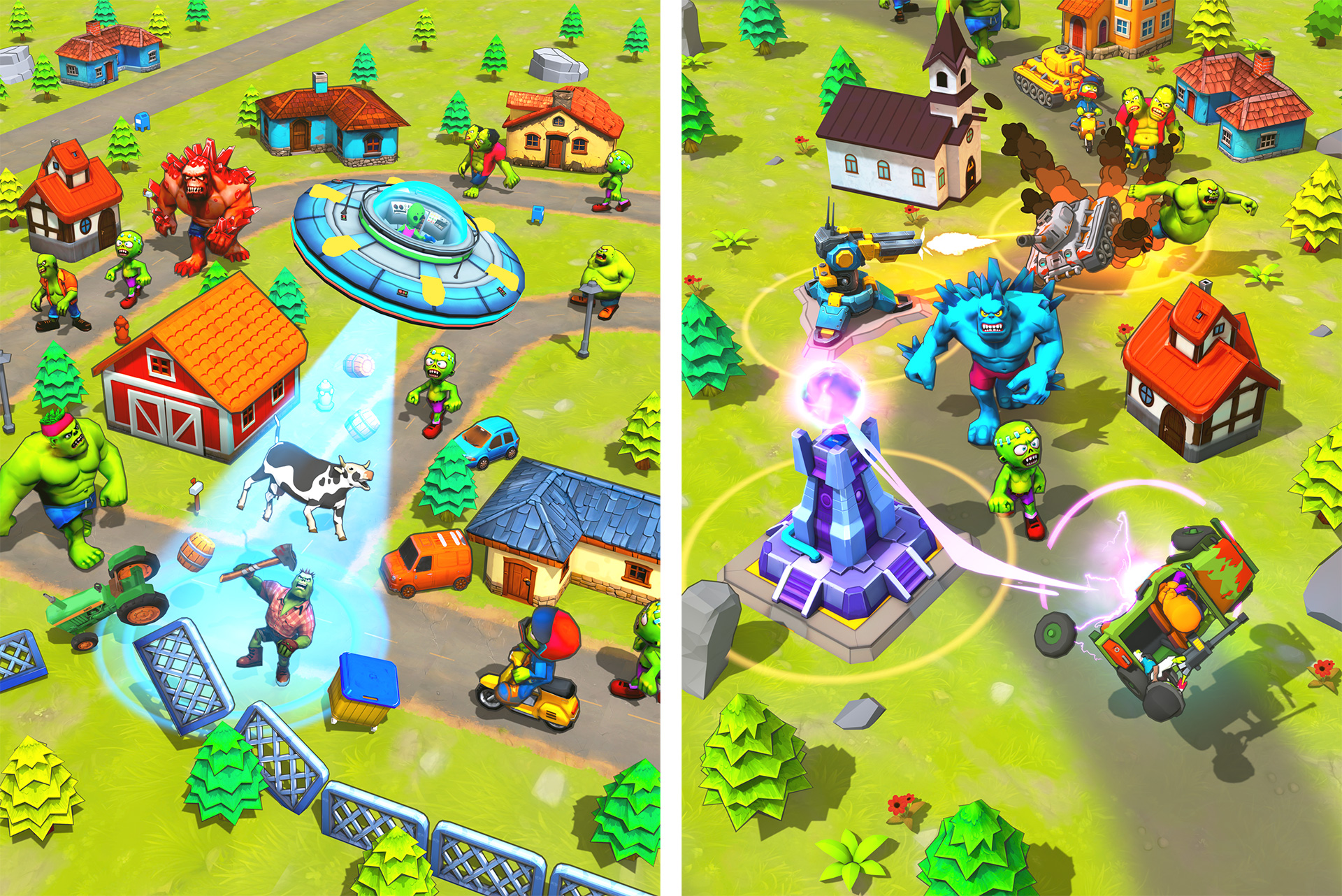
Aliens vs Zombies: Invasion gameplay
How AI was used in the development of Aliens vs Zombies: Invasion
We have actively used and continue to use AI in:
- Content creation — 3D and 2D assets;
- Programming — writing new modules;
- Game design — balancing the economy, generating new character abilities and entities;
- Marketing — generating AI-driven video ads;
- Administrative processes — accounting and document management.
Additionally, we have completely eliminated the role of scriptwriters. Game designers now write all in-game texts using AI.
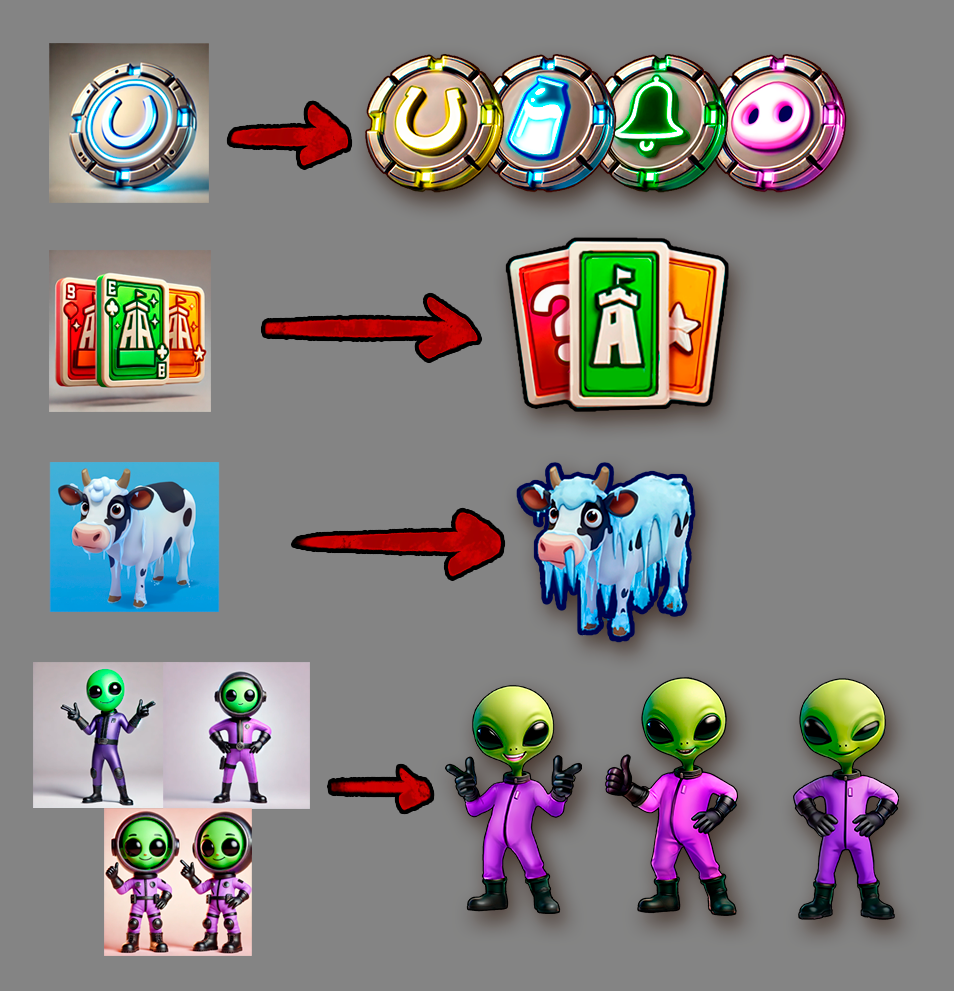
Fine-tuning AI-generated content
Tools we use in our work:
- GPT;
- Cline together with Claude;
- Midjourney;
- Flux;
- Krea;
- Kling;
- Runway;
- Hailuo;
- Tripo AI;
- Rodin.
Beyond these tools, we also use various services for 3D modeling, image processing, and video production.
In the future, we plan to integrate AI into game testing and use GenAI to create personalized content.
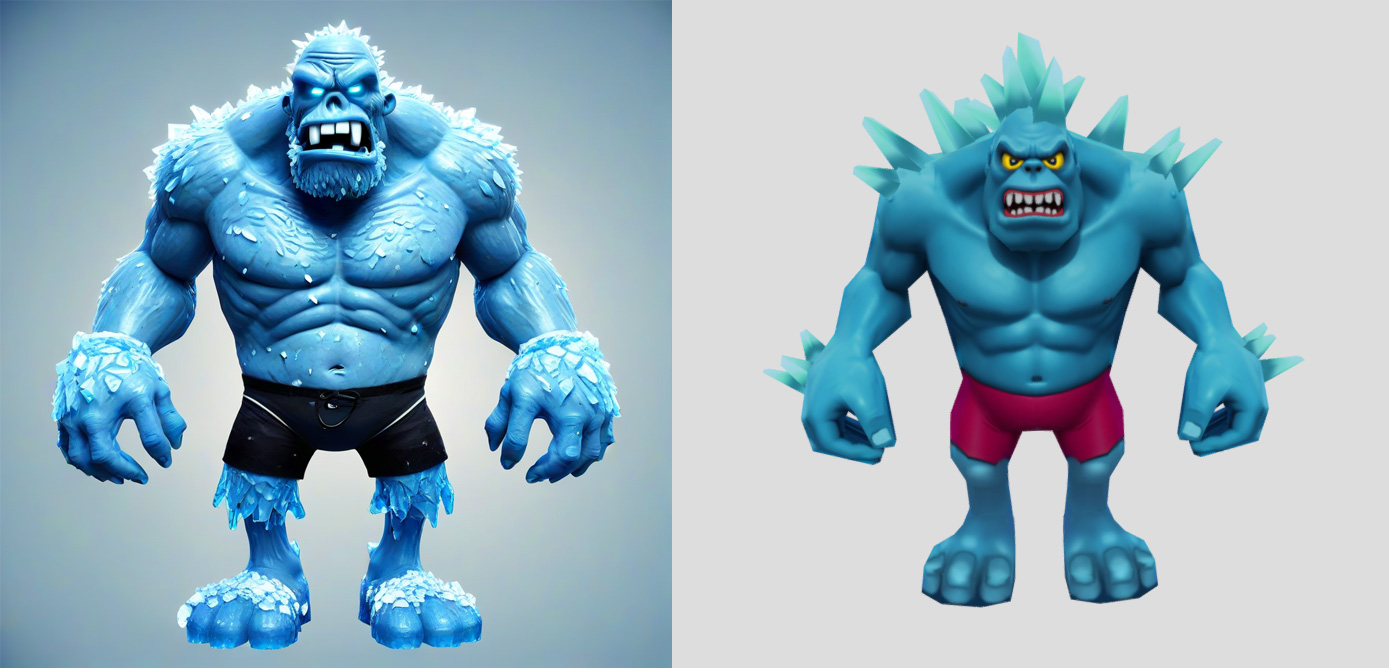
Concept art and in-game model created using GenAI
AI has significantly accelerated our game development
Full automation of development is impossible. However, AI saves a tremendous amount of time. On average, GenAI has allowed us to speed up game development by about four times.
For example, coming up with a hundred different abilities for a character would take a game designer at least a week. AI can generate a rough draft in an hour. Of course, it is not in its final form, and designers still need to refine the document.
Overall, if we talk specifically about game design (including documentation, balance adjustments, and testing), AI automation has accelerated these processes by 2.5 times.
The results in graphics production are even more impressive. The speed of creating 2D and 3D content has increased by 10 to 30 times compared to manual work.
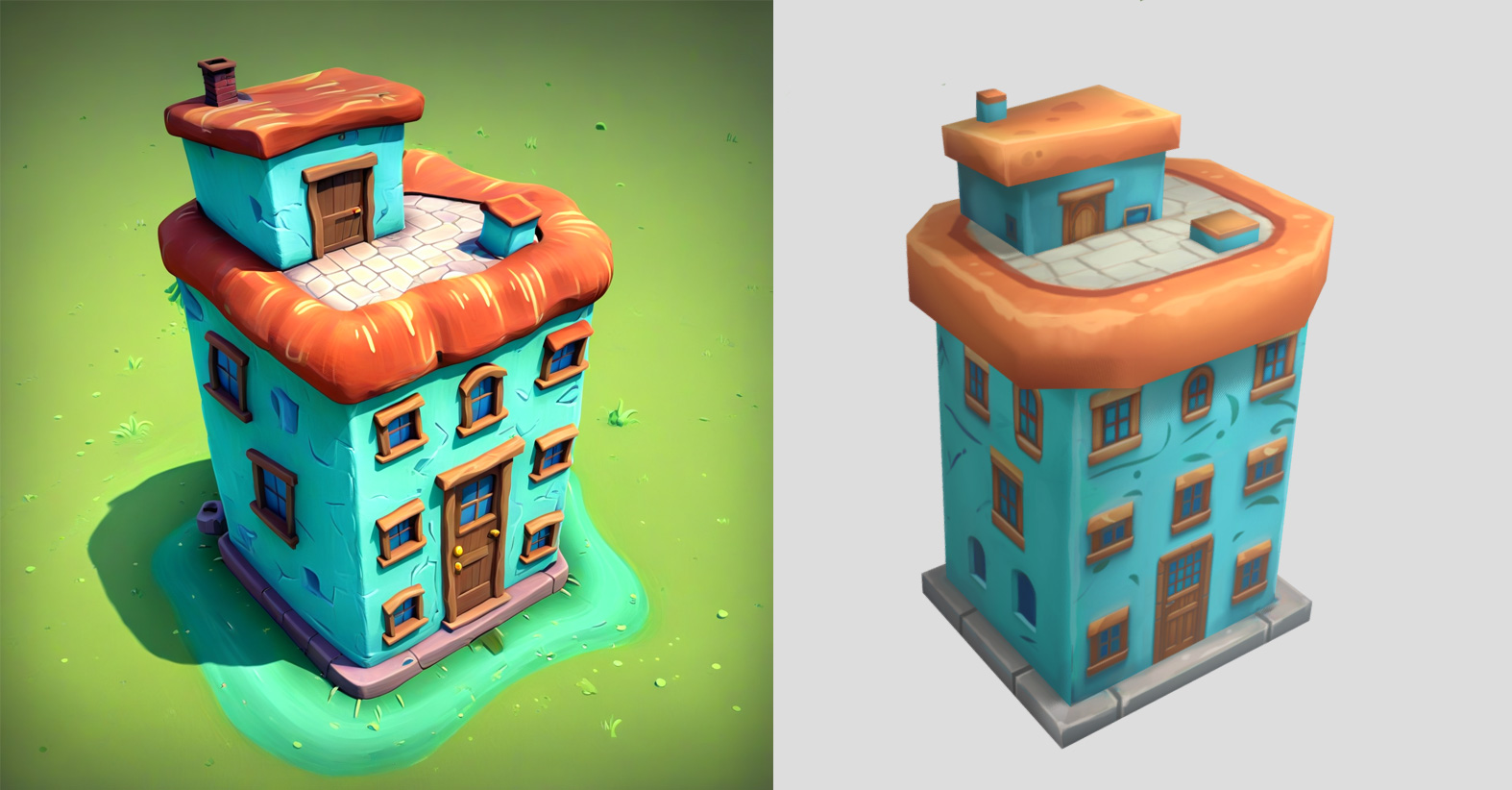
Concept art and in-game model created using GenAI
Our standard pipeline follows this sequence:
Midjourney → 3DAi → Rodin → Final manual processing
In terms of analytics and marketing, we also saw a significant speed increase. It’s harder to quantify the improvement, but it may be even greater than in the previously mentioned areas because:
- AI-driven analytics allow us to optimize game mechanics in real time, increasing player engagement;
- In marketing, AI has almost completely automated the creation of certain types of creatives* (some processes are now hundreds of times faster).
*Gameplay-focused advertising videos showcasing real in-game footage remain beyond the reach of current AI technology
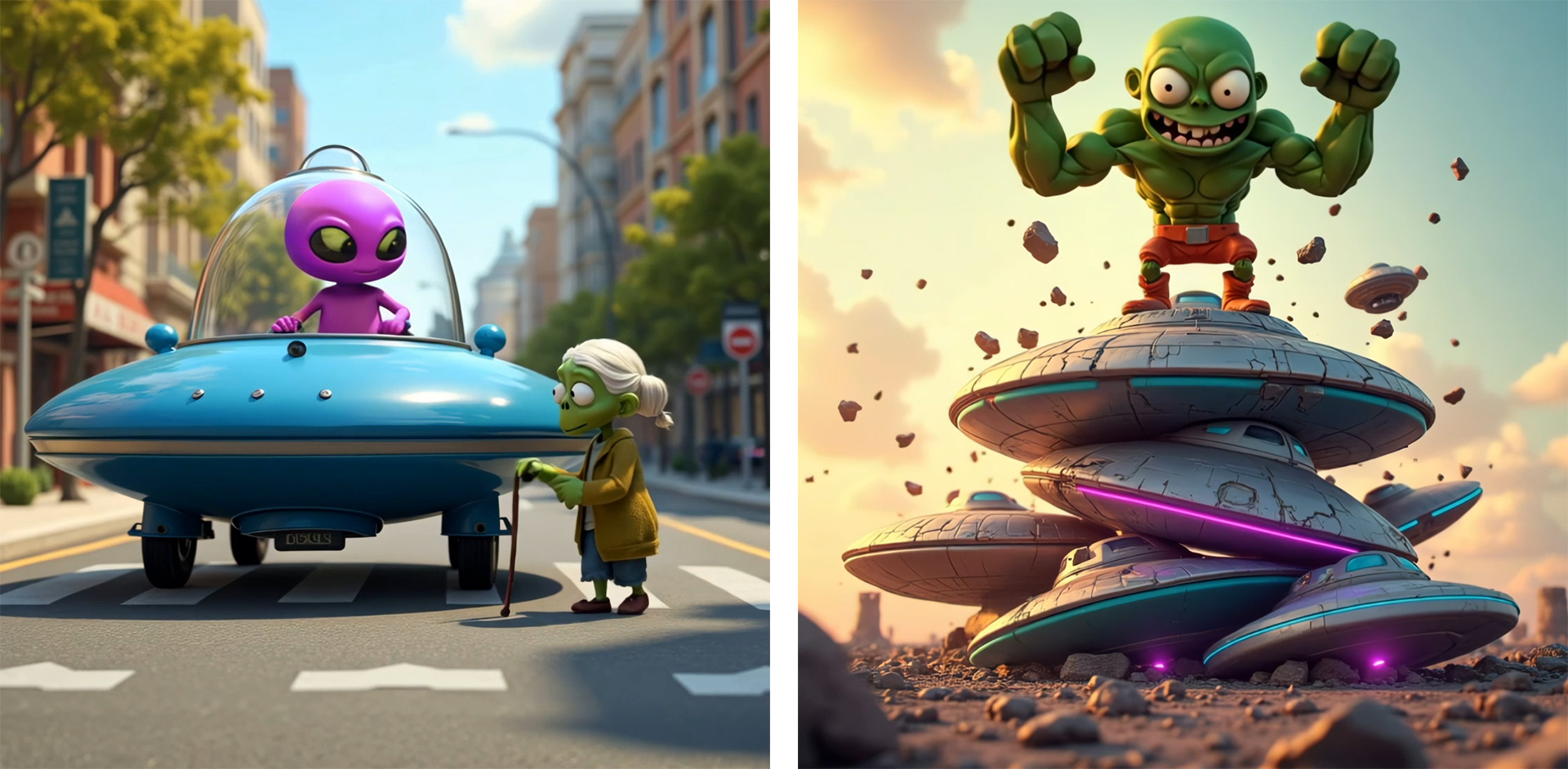
AI-generated creatives
We aim to implement AI wherever possible, but we avoid extremes. Our approach is simple: if AI is slower than a human or makes too many mistakes, it is better to let a person handle the task.
As mentioned earlier, AI has been exceptionally powerful in 3D modeling, increasing production speed by 30 times. This made it an obvious choice for immediate implementation. However, when it comes to animating models, due to the simplicity and specificity of our project, humans still do a better job.
We also recognize that almost all AI-generated content requires human verification and refinement. For example, in 3D modeling, AI successfully handles 80% of the work, but the remaining 20% requires manual corrections.
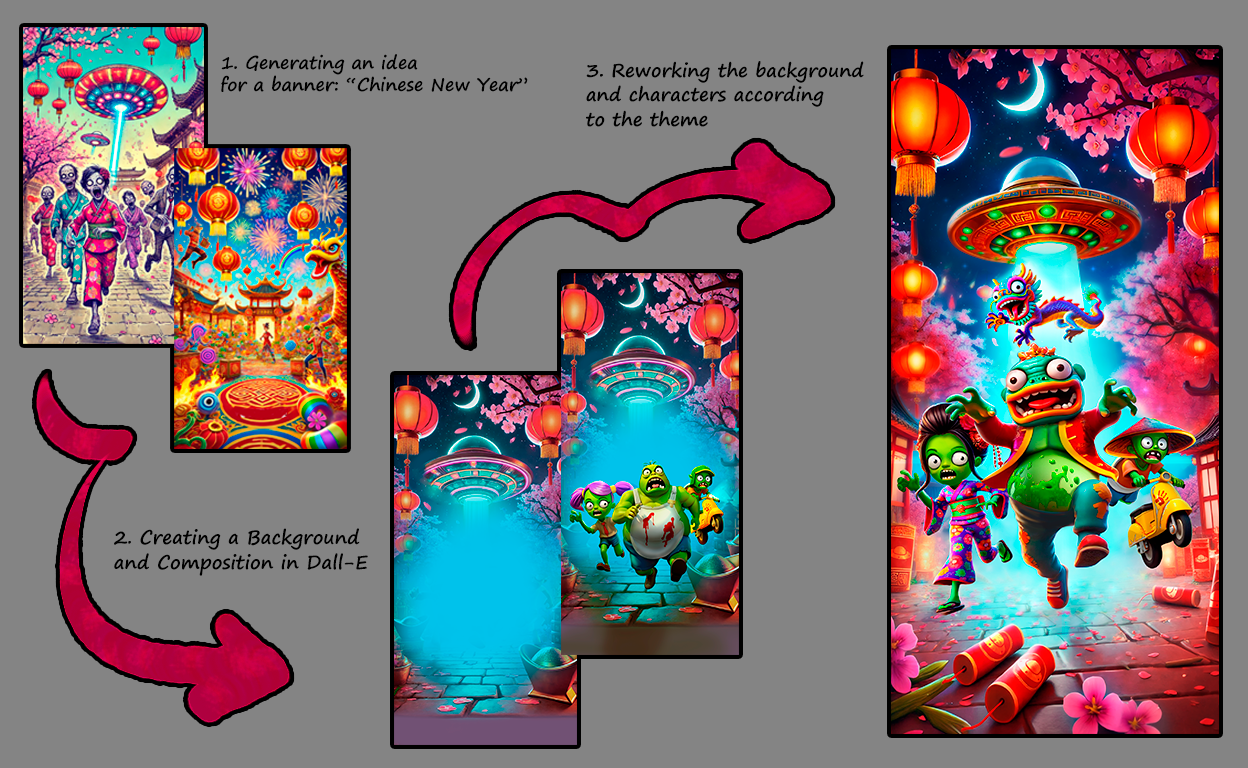
Working on a banner for the Lunar New Year
The enthusiast team
Such efficient AI integration requires a dedicated team passionate about generative artificial intelligence. This is why, when hiring new employees, we assess their neuroplasticity and ability to adapt to new technologies. Our goal is not just to use existing tools, but to evolve alongside them.
It is essential that new specialists are as enthusiastic about AI as we are, constantly coming up with new ideas and experiment with the technology.
Many of us are so passionate about AI that even in our free time, we create non-commercial AI-generated videos. Some of them have gained recognition. For example, our project Steampunk Ironman secured 4th place at an AI festival, while our short film Mistake, a zombie apocalypse story, became the winner in the Rendering & VFX category at the AI Filmmaking Initiative Project Odyssey.
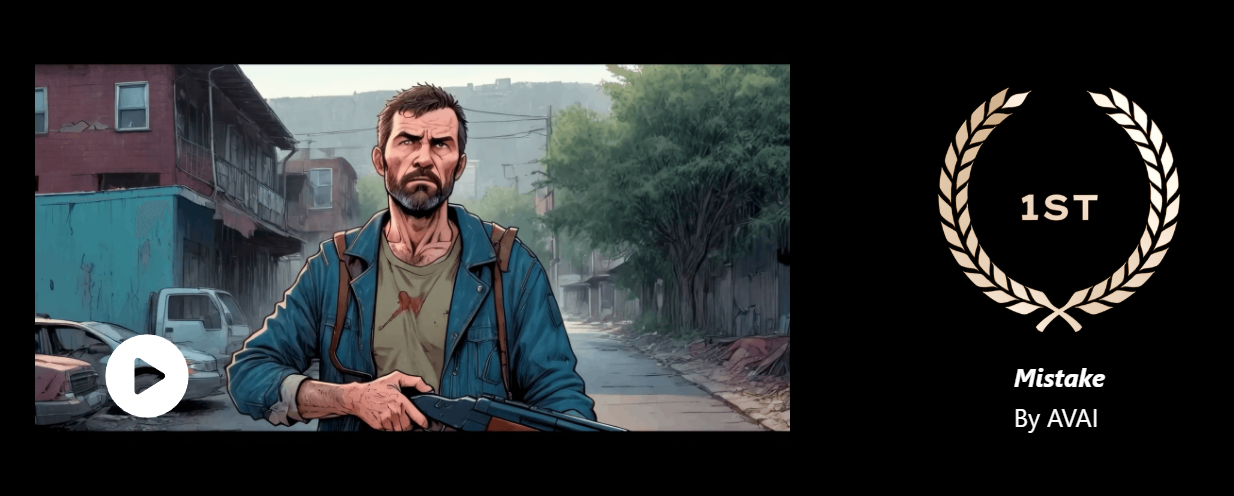
Game Gears publishes its AI-generated videos as studio AVAI
The future of AI
Based on my professional experience, I firmly believe that both the video game and film industries will soon be unable to function without AI. They will not be able to sustain themselves in their current form.
When it comes to film production, actors will soon be digitized, and content will be produced quickly and at low costs. Hollywood will have to adapt, or it will be replaced by independent AI creators and streaming platforms.
Who needs billion-dollar blockbusters when anyone can create a high-quality film from home? I am already producing movies with similar effects and production value. The only limit is imagination.
AI is transforming the entire entertainment industry. More than that, for AI enthusiasts, the future is already here — and it is fully digital.

